Stencyl
Students learn the fundamentals of programming and design through Stencyl's visual programming language. The Stencyl web site contains six simple lessons that include student activities, teacher notes and example code. Students are guided through building simple games to learn the basics of coding. Stencyl is free for students to download for personal use and classroom sets of Stencyl are available for purchase.
Additional details
| Year band(s) | 5-6, 7-8 |
|---|---|
| Content type | Tools for learning |
| Format | Apps |
| Core and overarching concepts | Implementation (programming) |
| Australian Curriculum Digital Technologies code(s) |
AC9TDI6P05
Implement algorithms as visual programs involving control structures, variables and input
AC9TDI6P02
Design algorithms involving multiple alternatives (branching) and iteration
AC9TDI8P05
Design algorithms involving nested control structures and represent them using flowcharts and pseudocode
AC9TDI8P06
Trace algorithms to predict output for a given input and to identify errors |
| Technologies & Programming Languages | other programming languages |
| Keywords | Systems thinking, Computational thinking, Game design, User-centered design, Computer games, Algorithms, Programming, Loops, Conditional statements, Game creation |
| Organisation | Stencyl |
| Copyright | 2016 Stencyl, LLC. May be subject to Copyright Act statutory licence. |
Related resources
-
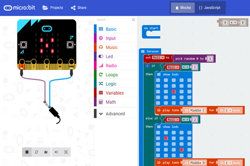
Micro:bit: Start Coding with the JavaScript Blocks Editor
A range of resources to get you started with the micro:bit - a tiny programmable computer.
-
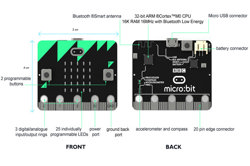
Features of the micro:bit!
Learn about the micro:bit.features.
-
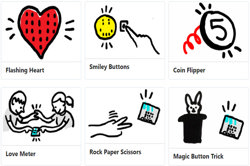
Micro:bit projects
Check out these projects that you can build with your micro:bit.
-

micro:bit Tutorial Series Part 1: Getting Started
In this episode, we examine the micro:bit and program it to scroll the phrase "Hello!" across the LED display.
-
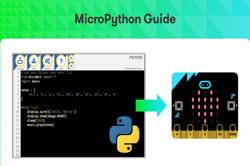
The MicroPython guide to BBC micro:bit
Use this guide to learn about using the micro:bit with BBC's online MicroPython code editor.
-
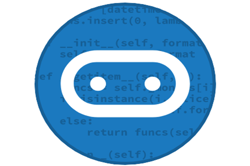
micro:bit Starter (Blockly)
Use this tutorial to learn how to program the BBC micro:bit using the Blockly visual programming environment. (Requires registration for free log-in for Australian Schools).
-
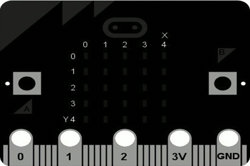
BBC micro:bit MicroPython documentation
The BBC micro:bit is a small computing device. One of the languages it understands is the popular Python programming language. The version of Python that runs on the BBC micro:bit is called MicroPython. This documentation includes lessons for teachers and API documentation for developers.
-

DT Challenge - 7/8 Python - Chatbot
Write code to create word games and develop a Pirate Chatbot. Arrr, me hearties!
